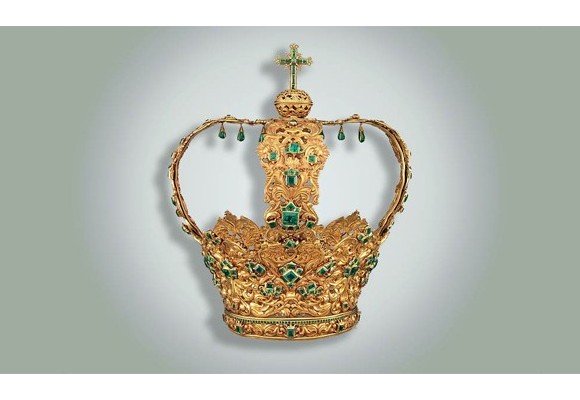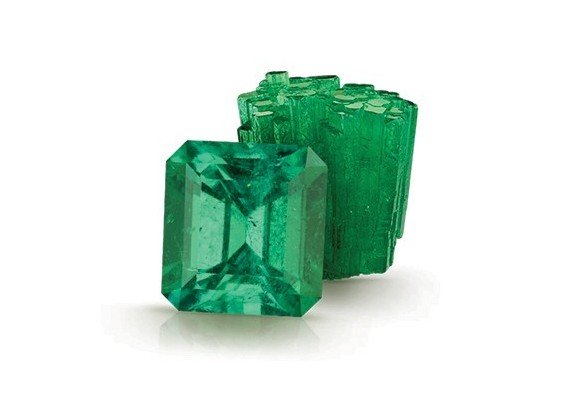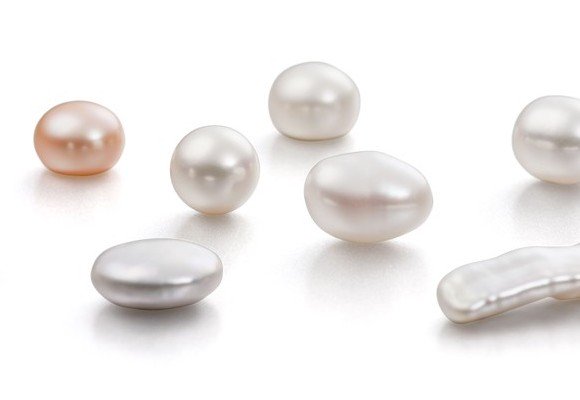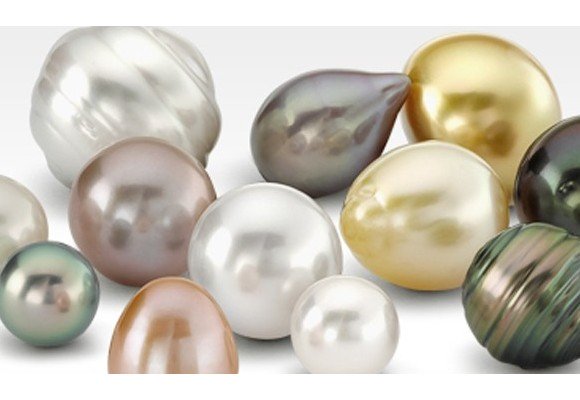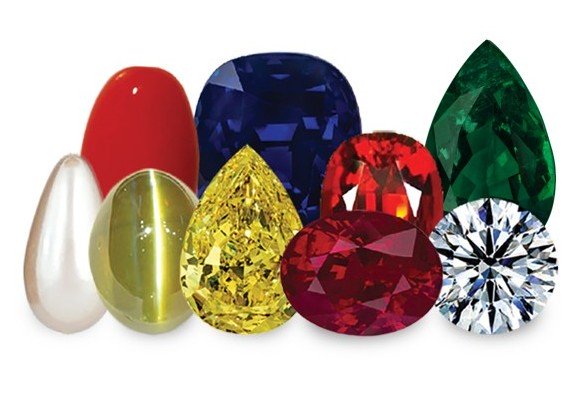Fancy Colored Diamonds
We know many potential diamond buyers spend a lot of time researching and trying to understand the different diamond characteristics. Most people do this because they want to select the best stone to match their lifestyle, needs and budget.
When it comes to diamonds, color is often a major consideration for consumers looking to buy engagement rings. In most markets, colorless diamonds are preferred over those with color tints because of social stigma.
Colored diamonds, on the other hand, represent a niche market for shoppers who prefer to see saturated colors in their jewelry. Did you know that fancy colored diamonds can come in various shades of yellow, blue, green, red, purple, pink and even as mixtures of different colors?

So, How Do Diamonds Get Their Colors In Natural Conditions?
The most common causation of color is due to the presence of trace elements inside the diamond’s chemical composition. For instance, the presence of nitrogen gives the diamond a yellowish tint. Since nitrogen is so abundant in the environment (about 70% of air is made up of nitrogen), it is no surprise that the majority of diamonds display yellowish tones. On the other hand, the presence of Boron results in a bluish looking diamond which is super rare and is highly valuable.
In nature, when diamonds are formed or deposited near radiation sources deep within the Earth, a colorless rough diamond can turn green overtime. The intensity of the green hue is directly proportional to the type of radiation (gamma/neutron radiation yields better colors) and the duration in which the diamond was exposed to.
Sometimes, rough diamonds with sizable mineral inclusions like peridots (dark green) or garnets (red) may exhibit color flashes based on the color it picks up from the inclusions.

The Pink Jubilee was uncovered in Argyle on Feb 22, 2013 by mining company Rio Tinto.
Another phenomenon which can create fancy colored diamonds comes via strain and color zone defects in the crystal lattice. As a result of a distorted lattice, the diamond absorbs certain wavelengths of light which causes it display unusual colors. Perhaps the most famous examples of such diamonds are the pink Argyle diamonds.




